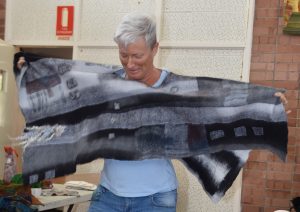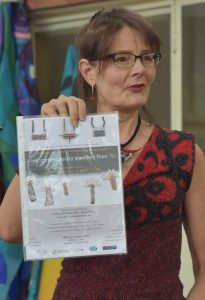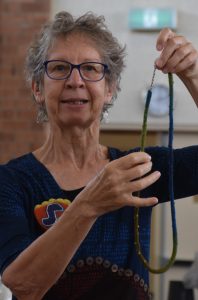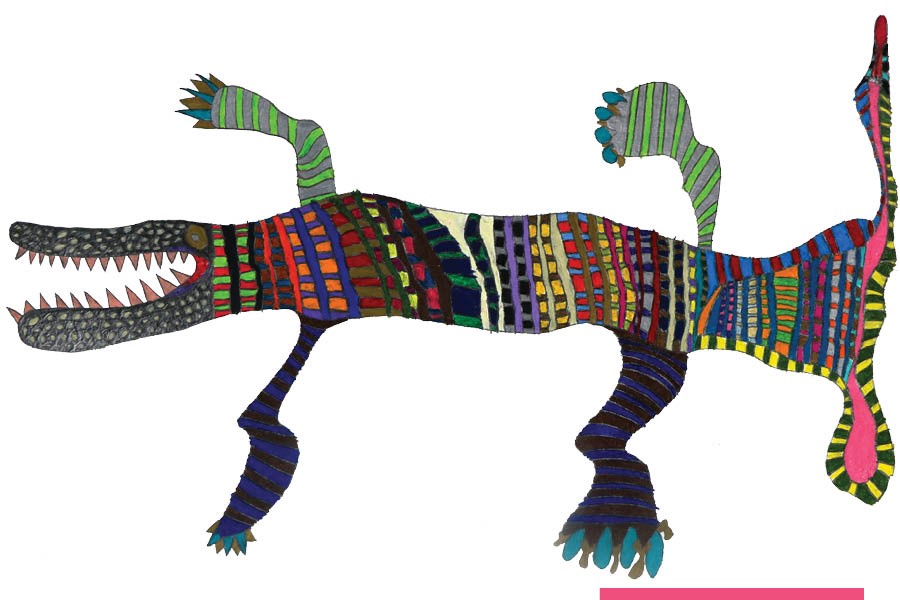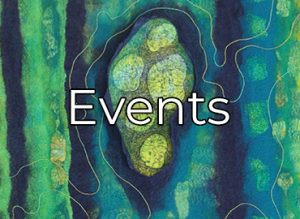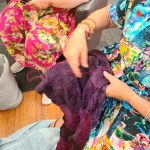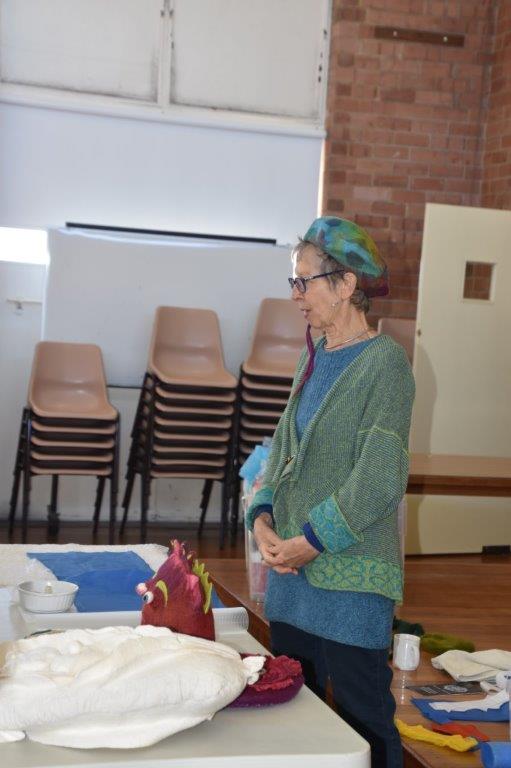
Demonstration/Mini Workshop
Sue Eslick – Fins/Flaps
Martien’s proposed demonstration on “Tunnels and Loops” was postponed, due to illness. Get well soon Martien.
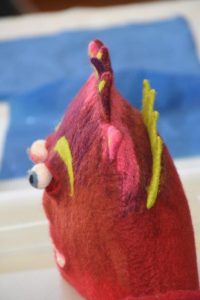
We would like to thank Sue & Sara for stepping in at the last minute. We hope Martien and all who have caught this winters bugs are on the mend and back to the felt days soon. Sunshine and oranges can help especially as the flu can also bring the blues too, so stock up on lots of colour to keep us happy and ready to felt.
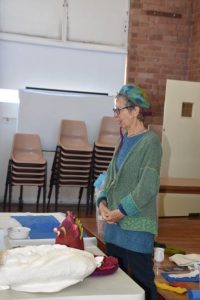
Sue & Sara delivered a very informative demonstration of how to create fins or flaps within a felted piece.
Any wool is suitable unless it’s very coarse.
Bubble wrap and freezer wrap are useful as material for resists.
There are a number of different techniques to create fins.
- Straight topped fin
Layout a base in the normal way. Use some thick or thin plastic to create a resist. The size of the fin will be ½ the width of this plastic, minus a bit of shrinkage. The wool for the fin will overlap the plastic edge. If your fin is a different colour to your base layer and you don’t wish the fin’s colour to show through at the ‘root’, put more of the base layer colour over it to cover. When sufficiently felted, cut along the middle of the plastic line, and open the cut felt outwards.
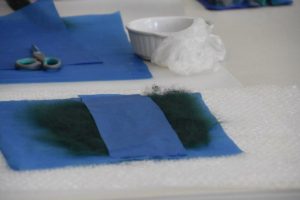
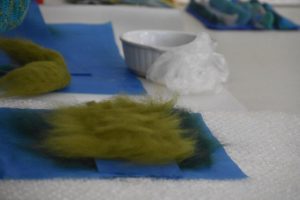
And for the one I prepared earlier
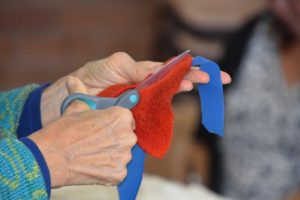
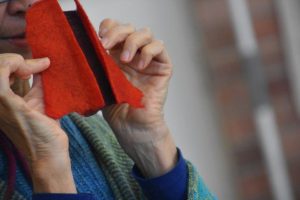
- Pointy/curvy edged fin
Cut a resist to the shape required. Lay your wool out as normal. Go carefully around curved edge, laying wool beyond the edge so that you have enough length on the fibres to fold over the edge. When felting the top curvy edge do not roll it, just massage with soapy water. Don’t felt the ‘roots’. Open it out from the unfelted ‘roots’ edge, so that they are separated from each other, then felt these edges into the base layer. If desired, bury the ‘roots’ under more wool the same colour as the base layer. Keep the fin standing up or use glad wrap to prevent the top edge sticking to the base layer. Flip the fin backwards and forwards as you work to ensure that both roots are well felted.
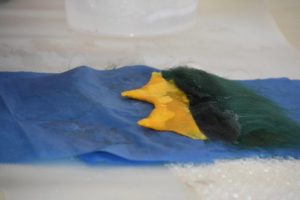
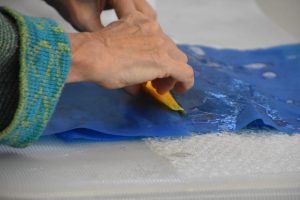
Fins or flaps may be single or in rows; they may be straight, pointy or wobbly as you fancy.
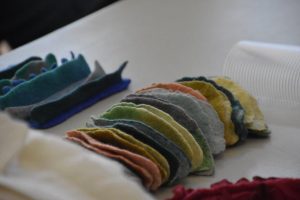
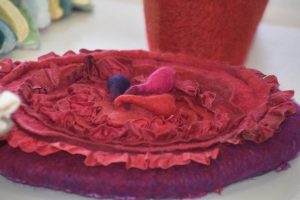
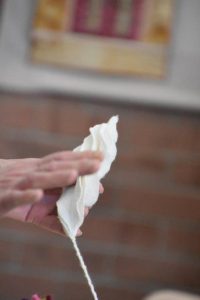
- Spiral fins (by Sara Quail)
A herringbone layout would work well as a base for this technique. Very thin pre-felts are used in order to maintain flexibility. Lay the pre-felt leaf shapes on top of one another and stitch through the ‘mid-rib’ with very strong thread. Separate these ‘leaves’ with thin plastic and felt them. Swap the plastic around so that you can get at the different surfaces to felt them. When the felting process is 95% complete, shape each leaf by massaging individually to attain the spiral shape.
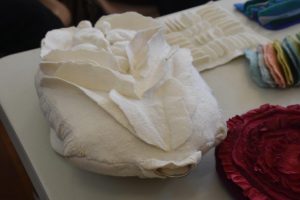
Toss’n’Tell
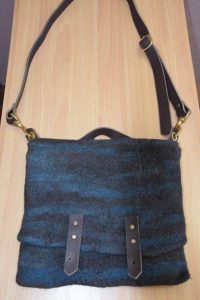
Karen Wood showed us her felt and leather messenger bag which she made at the Feltwest Leather Workshop at Hammered Leatherwork with Bec (tutor). Karen opted not to do the backpack straps and went with the messenger bag option. She is
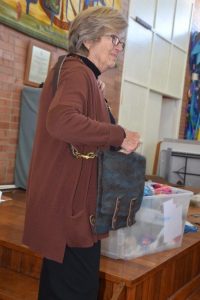
using her bag often.
Ja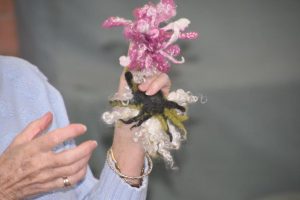 n Manning showed us the beginning of her flower meadow piece.
n Manning showed us the beginning of her flower meadow piece.
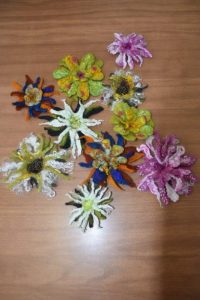
She was inspired by a laser cut metal flower garden she saw at Lawrence Wilson Art Gallery recently.
She is combining wool with mohair (which doesn’t felt) & beads to create a variety of flowers of different colours, shapes and textures.
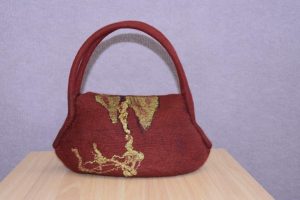
Sue Eslick showed a red handbag embellished with silk fibres and machine embroidery as surface texture. The bag was made of one piece of felt. She used a combination of clear plastic tubing & smaller diameter foam tubing inside the handle to keep it firm and flexible.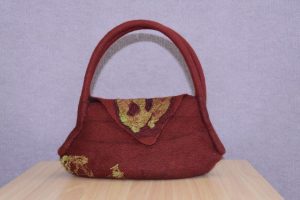
Sue also showed a felted vessel with a resin coating on the inside (no picture). This is an idea that Sue is still experimenting with, and she would like some other members to get together with her and do further experimentation.
Kerry Bertucci showed a multi coloured spiky tea cosy, and a piece of spiky ‘lawn’. She has been experimenting with different techniques of getting spikey by crikey!
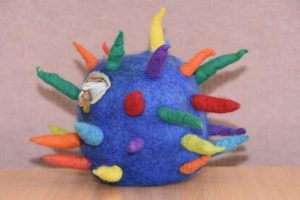
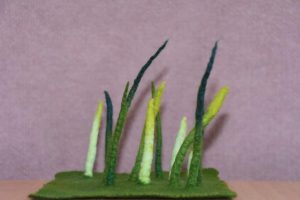
Feltwest Meeting
Led by Karen Wood
- Leonore Fairfield has been co-opted onto the committee and will be doing the Treasurer’s role.
- The retreat planned for June this year has been cancelled due to lack of numbers. Officially the deposit of $780 paid is non-refundable, but very kindly Muresk has given us a full refund. (They hope we will attend next year.) We need 20 participants to make it viable.
- Membership renewals will be sent out 29 June or near. Our membership is currently at 123, with 27 already signed up for next year. Make it easy for the Treasurer by signing up early. 😊
- Feltwest meeting July will feature merchandise from Bilby Yarns and a needle felting demonstration – don’t miss it!
- Workshops – Martien’s July workshop (Treasure Nests) is fully booked. You may add your name to the waiting list.
Olga Finkel’s September workshop (Painted Landscapes) has approximately 10 bookings at this stage, get in now to make this a better financial proposition for Feltwest. This tutor is coming from the east coast, so costs us more money than a local tutor. NOW FULL.
All workshops have a host/assistant who provides morning tea, helps tutor set up, pack up & clean up, and assists tutor and participants. The assistant also takes photographs and writes a brief report. If you would like to assist Feltwest in this way, please contact Sue Eslick the Workshop Coordinator to add your name to the list.
The next Beginners Extension Workshop “Spikes can be fun” has had a date change from July to the first Tuesday in August (7th) 10.30-3.30 at Craft House. Tutors Kerry Bertucci & Jean MacKenzie.
- The Wood & Craft Show will be held at Claremont Showground from Friday 3 August – Sun 5 August. Feltwest will be having a Guild Stall at this event. Jan Stroud & Jill Jodrell are organising this. A guild stall does not involve any selling, but we are hoping for good publicity and recruiting of new members. There will be felting demonstrations, and felted items will be needed for exhibition. Jan & Jill will collect items for display. Volunteers are needed for 4 hour shifts over the 3 days – Karen will be circulating a sheet, so that people can nominate their preferred time/s. Volunteers will get a free entry pass to the show.
- Royal Show – Feltwest will be having a stall from 22-29 September. The Feltwest stall will be located in the Centenary Pavilion near the regional displays. The stall will be 6×6 sq. metres This will be selling, as well as demonstrations and publicity. EFTpos will be available for customers. Martien will be co-ordinating this event for us. We will need many members to run the stall, as it is open from 8am-9pm each day. Anyone submitting work for sale will be obliged to work 2 x 6 hour shifts. There will be 24 of these shifts. All work for sale will attract a 15% commission to the show if sold. Feltwest will charge members $25 to submit work.
July 31 official closing date for Feltwest tags.
August 18 Labels & tags will be distributed to sellers.
September 15 work to be handed in.
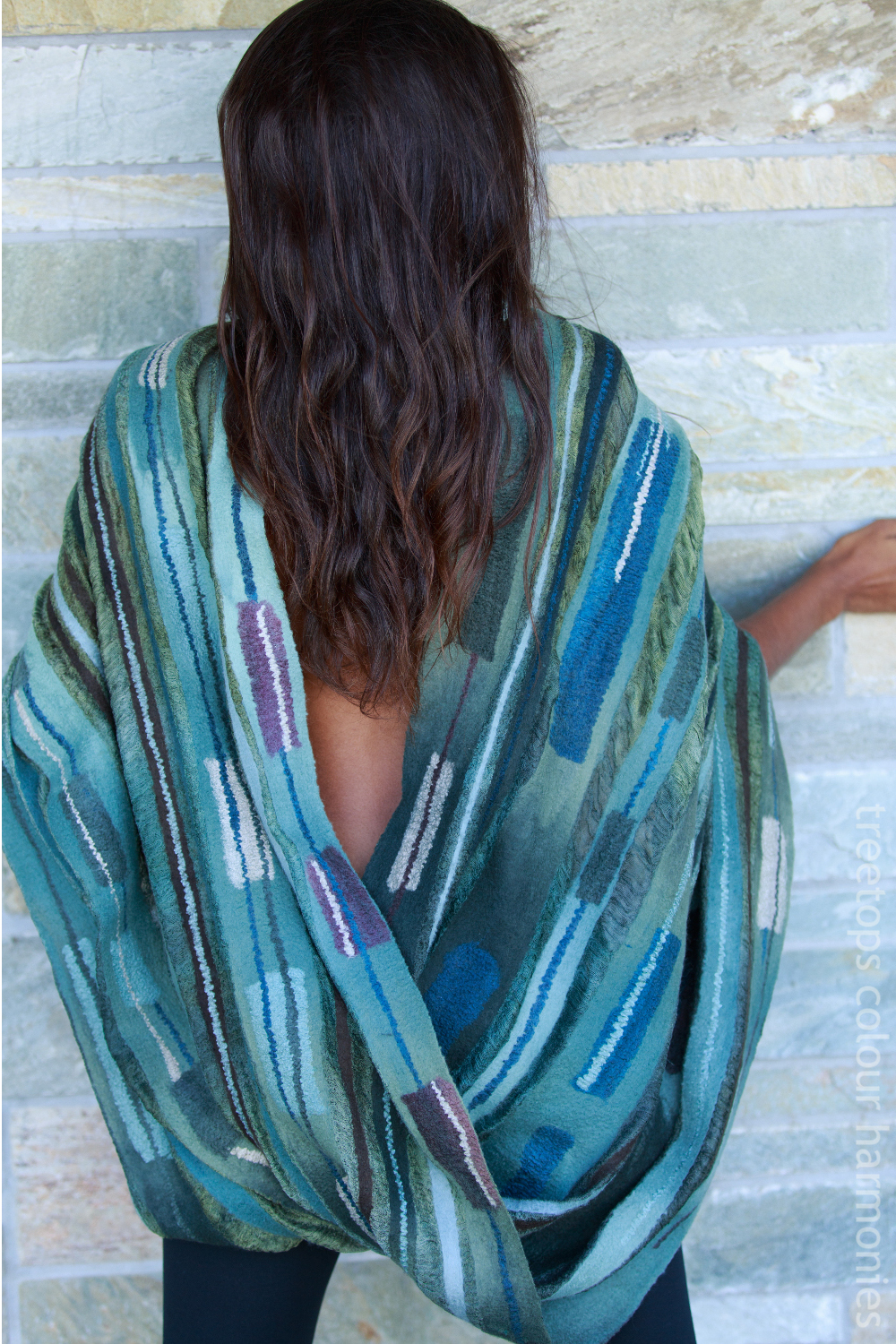















 n Manning showed us the beginning of her flower meadow piece.
n Manning showed us the beginning of her flower meadow piece.








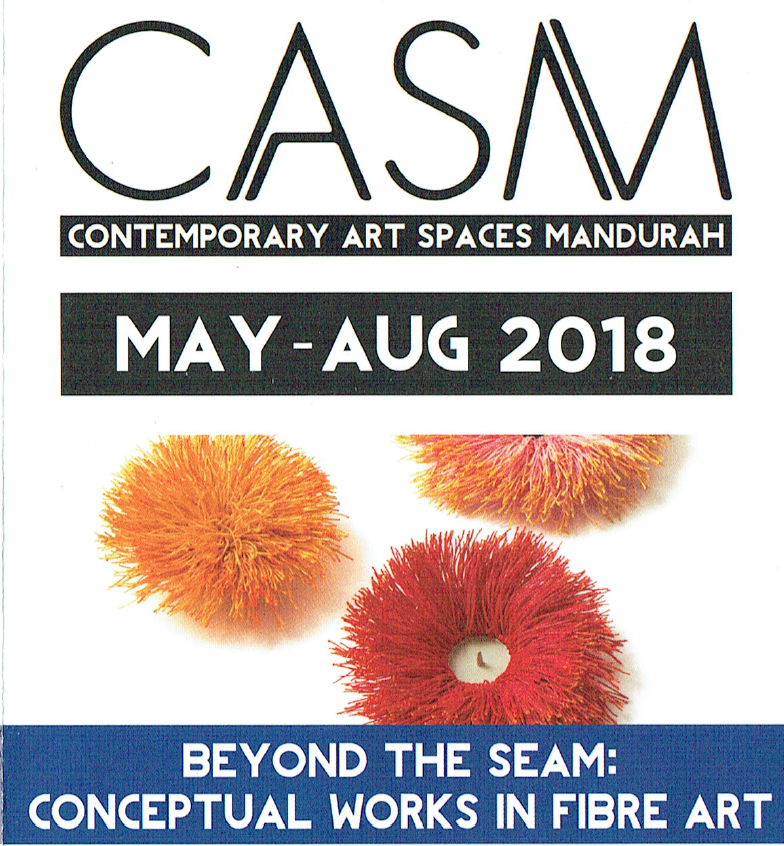

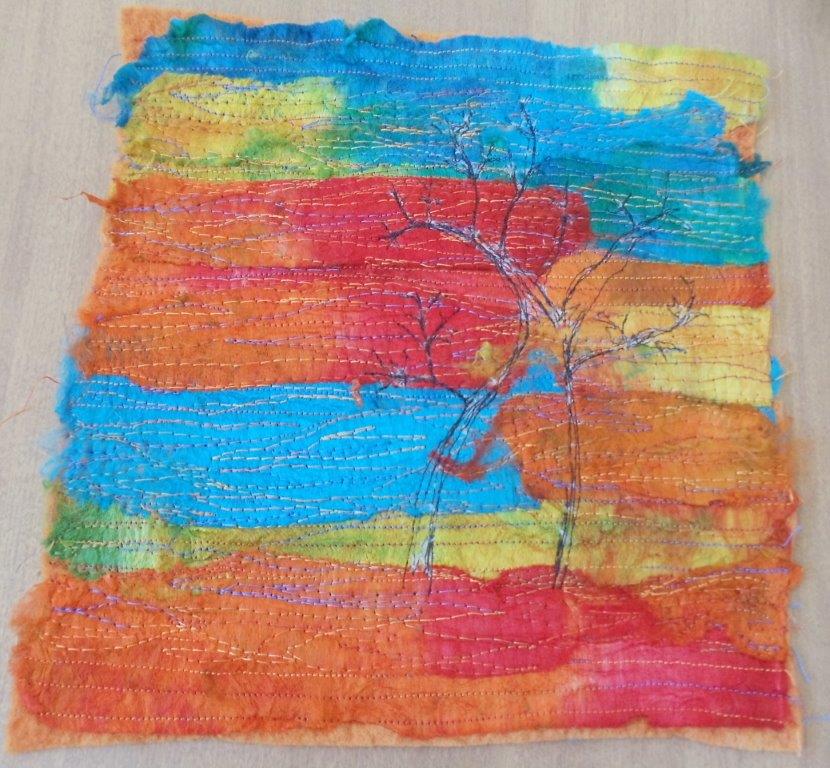
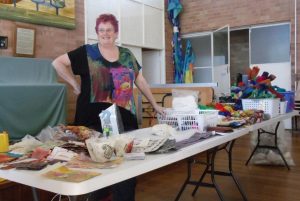
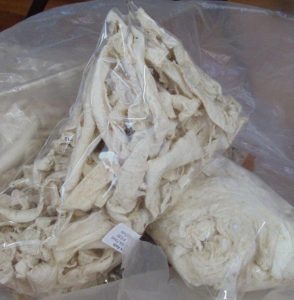
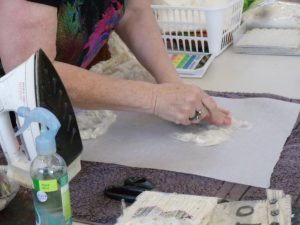

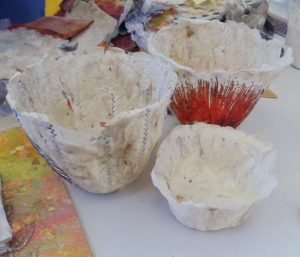

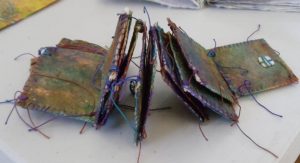

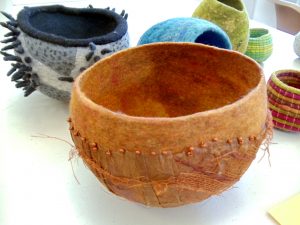

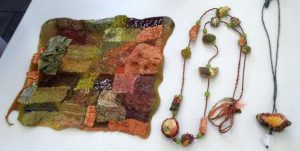
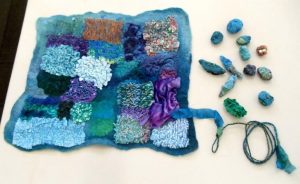

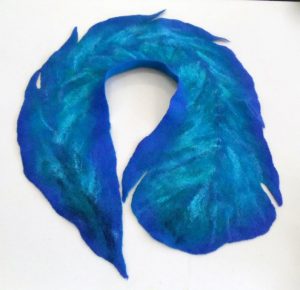
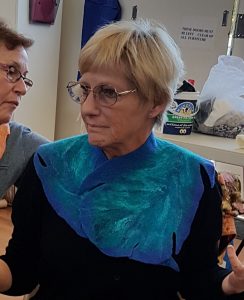
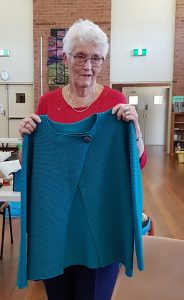

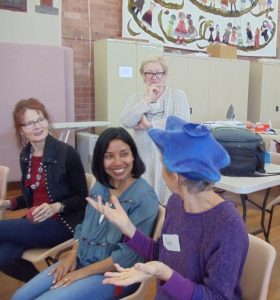
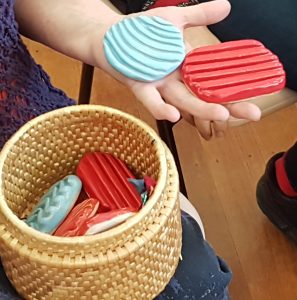

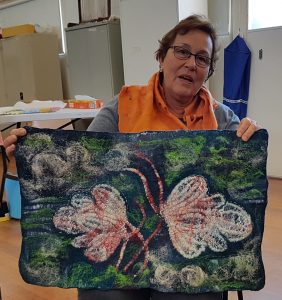

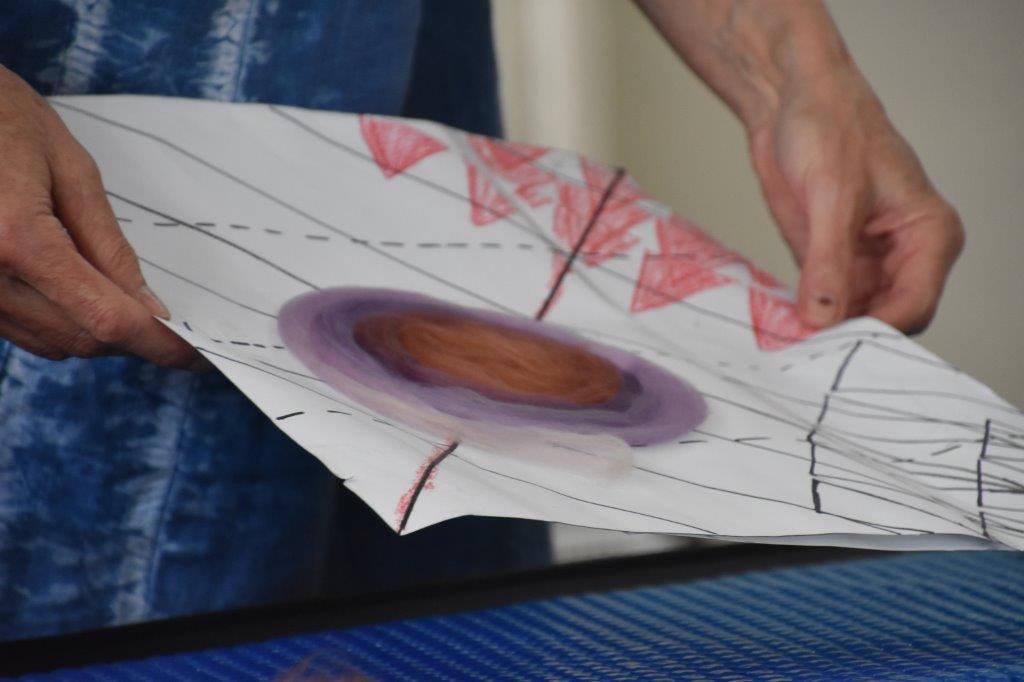
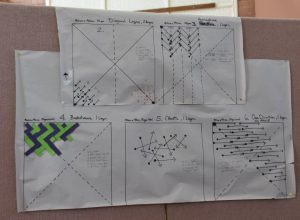
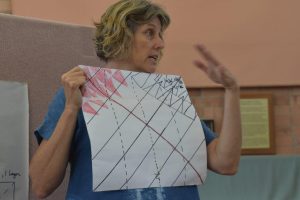
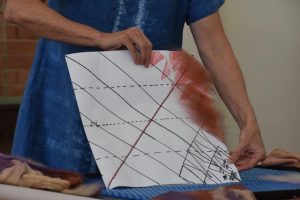
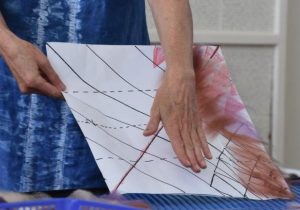
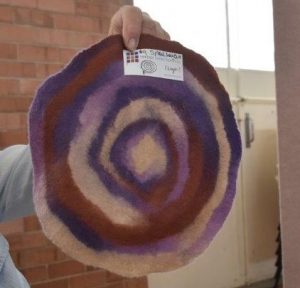
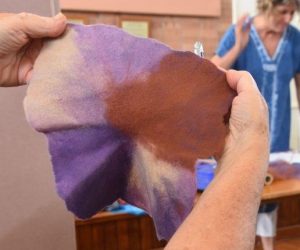
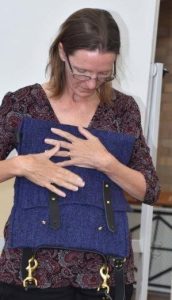
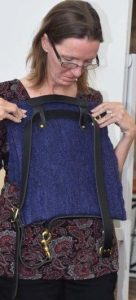
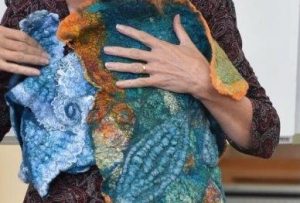
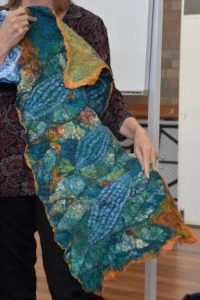
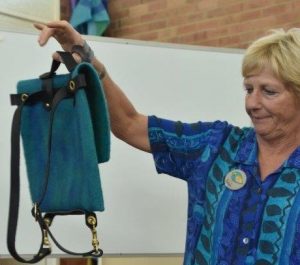

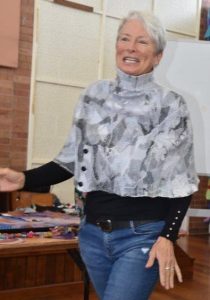
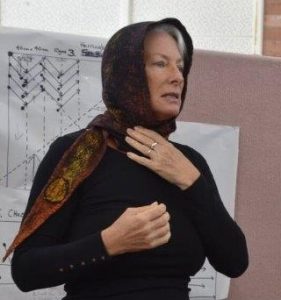
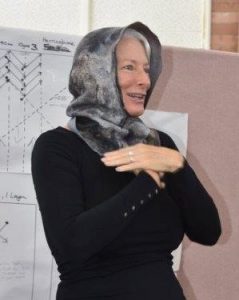
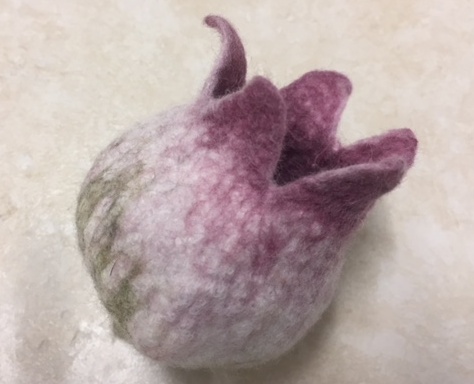
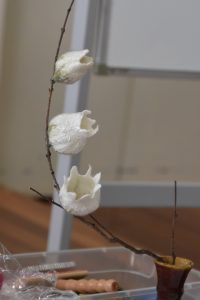


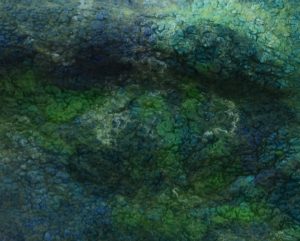

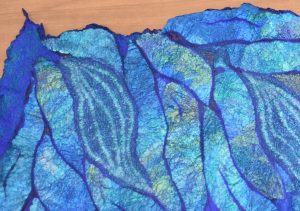
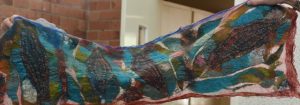
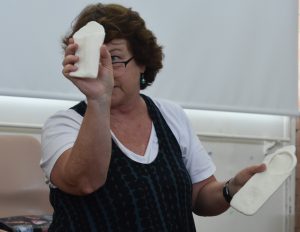
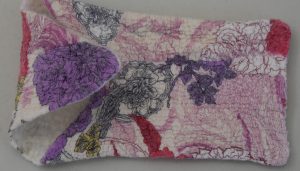


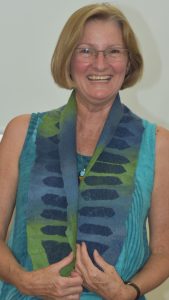
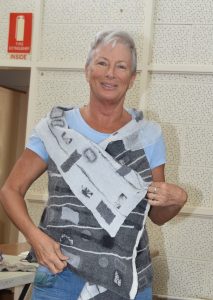
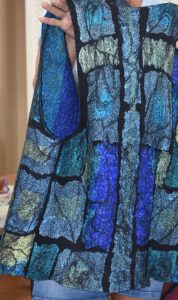
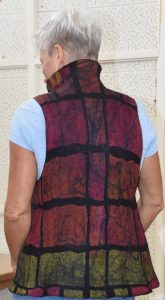
 She also made two large poncho style wraps in monochromatic colour schemes that look really effective.
She also made two large poncho style wraps in monochromatic colour schemes that look really effective.